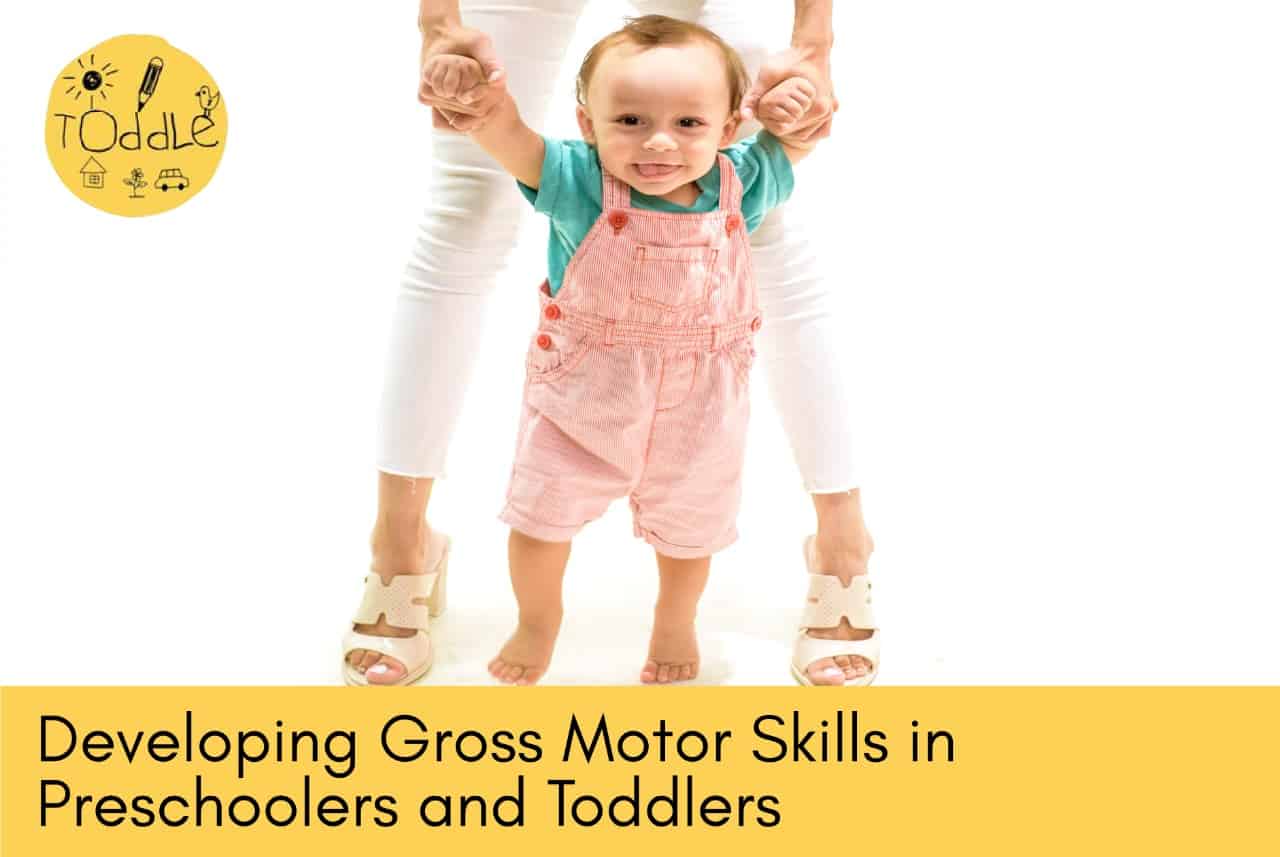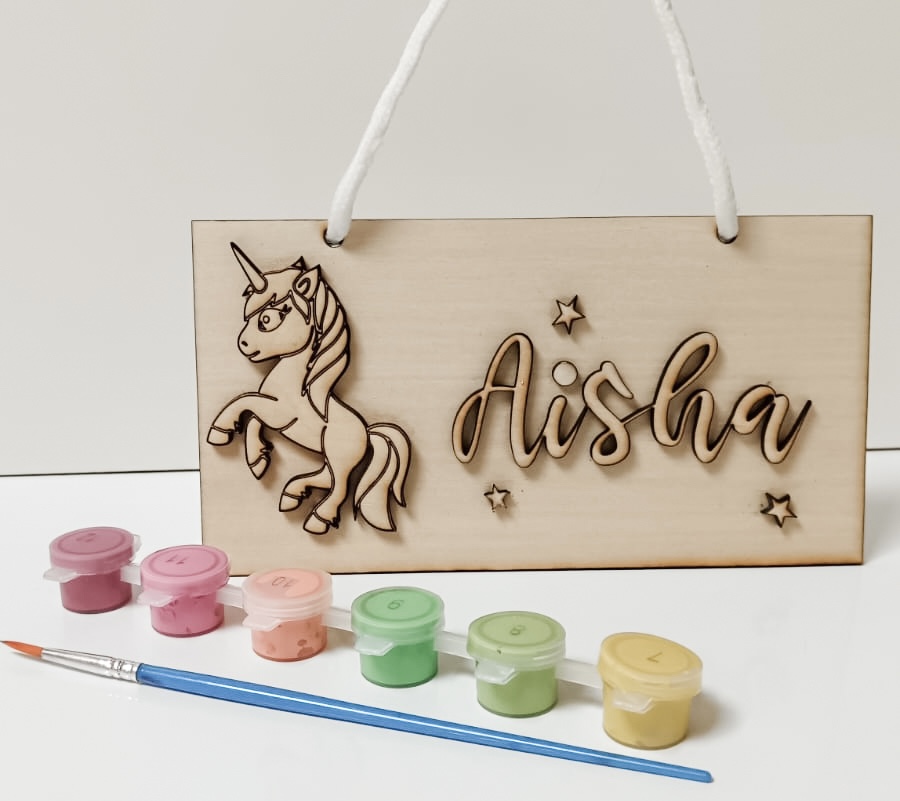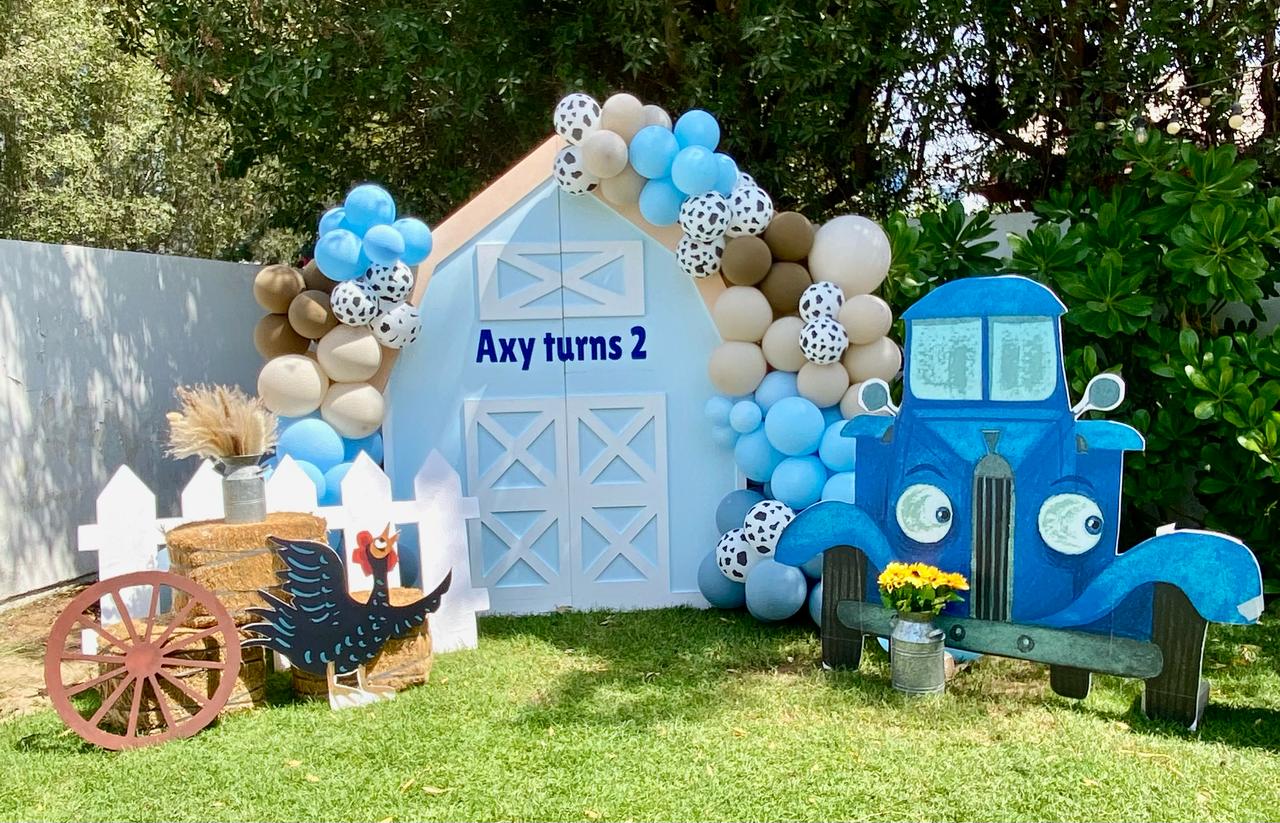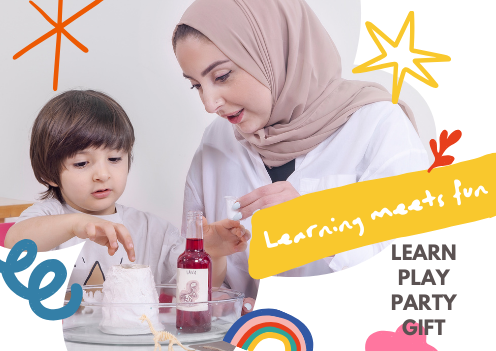No products in the cart.
Return To ShopDeveloping Gross Motor Skills in Preschoolers and Toddlers
Gross Motor Skills
Our kids grow up fast.
In the blink of an eye, our little babies enter toddlerhood and start becoming independent – showing off their budding personalities.
And while a lot of this process happens naturally, it’s our job as responsible parents to keep an eye out and see if our children are meeting their milestones in various areas of development.
One such area which we have to keep a close watch on is our child’s Motor Skills. Motor skills are movements and actions of the muscles. Much of the development of these skills occurs during early childhood. In children, a critical period for the acquisition of motor skills is preschool years (ages 3–5).
Motor skills are broken up into two categories: gross motor skills and fine motor skills. Mastering both are important for children’s growth and independence.
Fine Motor Skills
Fine motor skills are movements involving smaller muscle groups such as those in the hand and wrist. Humans begin demonstrating these skills in infancy when we learn to grasp our parents’ fingers and, later, toys. We continue developing them during the toddler to school-age years, which are such a critical time for physical and cognitive growth.
For an in-depth article on Fine Motor Skills and the developmental milestones required to build Fine Motor Skills, check out our full article here.
Gross Motor Skills
Gross motor skills are those skills that involve the whole body — the core muscles (think belly and back) and the muscles of your arms and legs.
Gross motor skills start developing in infancy and keep improving throughout childhood. Examples of gross motor skills include sitting, crawling, running, jumping, throwing a ball, and climbing stairs. Even the first time a baby lifts his head is an example of a gross motor skill.
Kids don’t all develop at the same pace, but there are milestones they usually reach different ages.
The following are some examples of gross motor skills that typically occur at different phases of childhood development.
3 to 6 Months
- Raises arms and legs when placed on the stomach
- Rolls over
- Supports own head when in a sitting position
6 Months to 12 Months
- Crawls
- Pulls self from a sitting to a standing position
- Sits without support
Age 1
- Climbs onto low furniture
- Climbs stairs with assistance
- Pulls or pushes toys with wheels
- Walks with one handheld
Age 2
- Jumps using both feet simultaneously
- Runs very stiffly on toes
- Walks upstairs without a banister
Age 3
- Rides tricycle using pedals, unassisted by an adult
- Runs without falling
- Throws a ball to an adult standing 5 feet away
Age 4
- Catches a ball with arms and body
- Runs smoothly with changes in speed
- Walks upstairs by alternating feet
Age 5
- Catches a ball with two hands
- Hops on one foot
- Performs jumping jacks and toe touches
- Walks up and down the stairs while carrying objects
5 Activities to help develop a child’s Gross Motor Skills
There are lots of fun and simple activities you can do with your child to help develop gross motor skills. But if you’re looking for five fun-filled activities that your kids will really enjoy, have a look at our three favourites below.
1. Dancing
Whether it’s a dance class or an indoor dance party, dancing is great gross motor practice. It helps kids develop balance, coordination, and motor sequencing skills. It also helps build your child’s awareness of rhythm. For little kids, try using songs with lyrics that add movement, like “I’m a Little Teapot” or “The Hokey Pokey.”
2.Balloon and bubble play
Balloons and bubbles are a unique way to build gross motor skills because you can’t predict where they’re going to go. Kids can chase bubbles and try to pop as many as possible. While chasing them, kids have to run, jump, zigzag, and move in ways that require sudden shifts in balance and weight. The same goes for throwing and trying to catch or kick balloons. For more structured play, you can set up a game of balloon volleyball.
3.Obstacle courses
Obstacle courses get kids moving and give them a goal to accomplish.
Make sure you make an age-appropriate obstacle course. With toddlers, lay pillows, cushions, and blankets in small stacks on the floor and encourage them to crawl over the “hills.” For preschoolers, lay a hula hoop on the ground for them to jump into, or make a ball toss with an empty basket or box.
4. Flash Cards
Flashcards are a great way to make gross motor activities more fun. Just grab a pack of notecards and write in activities like jumping rope, hopscotch, tag, or hide-and-seek. Then grab a stopwatch (you can even use your phone) and set a time limit for each activity (30 secs, one minute, or whatever length of time makes sense depending on your child’s skill level). Let your child flip over the card, do the activity, and then choose another.
5.Animal Pretend Play
Nobody has a wilder imagination than our children. And, what better way to put their imagination to good use than to build their gross motor skills by pretending that they are animals. You can use traditional fitness exercises like bear crawls (crouching down and walking on your hands and feet with your back bent) or crab walks (sit with your hands and feet on the floor, your fingers pointing toward your feet, push up and walk on your hands and feet). Or get silly, practice waddling like ducks, hopping like bunnies, or galloping like horses and see where your imagination takes you.






